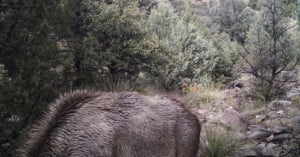
Can You Spot the Mountain Lion Stalking the Elk?
A trail camera set up by the U.S. Fish and Wildlife Service captured a mountain lion stalking an elk -- but the predator is fiendishly difficult to spot.

A trail camera set up by the U.S. Fish and Wildlife Service captured a mountain lion stalking an elk -- but the predator is fiendishly difficult to spot.
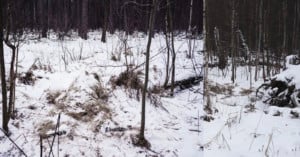
The Ukrainian National Guard has challenged people to spot their snipers hiding in plain sight.

Kuvrd has announced the CosmoCaps and Satellites, camera body caps and small silicone sleeves that together allow photographers to track their cameras with AirTags.
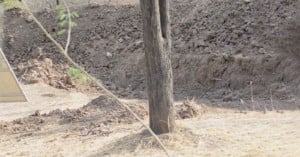
A photographer who captured an incredibly well-camouflaged leopard says that he could not see the big cat even when he was standing next to it.
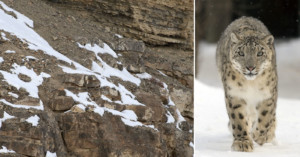
Snow leopards are a threatened species that live in extreme environments and are notoriously difficult to see and photograph. Photographer Ismail Shariff captured a series of photos showing just how difficult it is to spot a snow leopard in the wild.
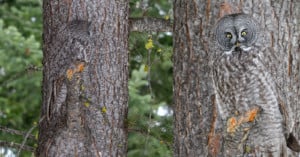
A photographer was hunting for a great grey owl to photograph in a Canadian forest when he happened to come across one that was perfectly blending into the bark of a tree with impressive camouflage.
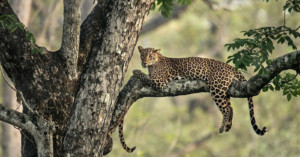
This photograph by wildlife photographer Mohan Thomas contains two leopards. The mother leopard is easy to see, but can you find her cub looking into the camera?

Instagram is celebrating its 10th anniversary this week with a couple of new features and a fun surprise. The photo sharing app has expanded its anti-bullying features, created a 'Stories Map' and calendar, and has added a hidden option that lets users roll back to one of its classic logos.
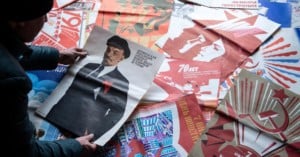
Last year, more than 120,000 tourists visited the Chernobyl Exclusion Zone, and in 2020 that number is expected to double. Mass tourism has forever become a part of the Exclusion Zone, mostly because of the successful HBO series “Chernobyl.”

Instagram began testing the removal of "likes" from users' photos back in May. Now, it's expanding that test to six more countries, hiding like counts in the hopes that it will "benefit everyone's experience on Instagram."
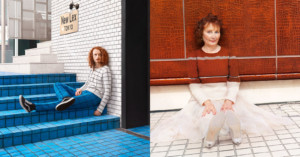
Photographer Joseph Ford and knitter Nina Dodd have spent 4 years working on a creative project called "Knitted Camouflage." Ford shoots portraits of subjects wearing custom, carefully hand-knit sweaters by Dodd that blend them into very, very specific locations.

Did you know that hidden within Photoshop CC are a number of "easter eggs" that customize the photo editing app in wacky ways? Three that you can activate in the latest version of Photoshop CC are "Layer Monkey," the "Banana Toolbar," and "Coffee & Toast."
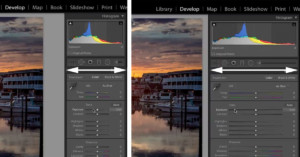
Educator Colin Smith of photoshopCAFE has 7 great tips for Lightroom users that might just surprise you and make your post production life a little easier. He previously shared 7 Photoshop tricks hidden in plain sight, and these Lightroom tricks are just as helpful.

The times they are a-changin' at Instagram, or at least they're about to be. Hiding inside the recently refreshed photo sharing app's code are four unreleased features that a keen-eyed engineer has discovered.
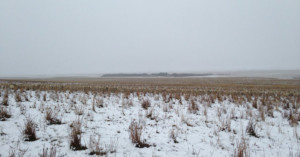
The Internet is abuzz over a series of photographs by a farmer named Liezel Kennedy in Saskatchewan, Canada. The image above may appear at first glance to be a simple snapshot of a snowy Canadian countryside, but it's actually a photo showing how well sheep can blend into their surroundings in the wild. There are about 550 sheep in the photo.
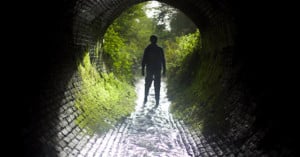
Photographer CJ from substormflow is passionate about exploring sewer systems, and he wants to show the world the unique underground architecture that most people never get to see. The video above is a glimpse into the hidden system of old culverts and sewers beneath the bustling city of Manchester in England.
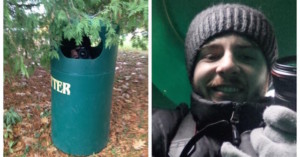
If you want to get a great candid engagement shot, you have to be good at hiding. But how far would you go to get a great angle of a private engagement at a park without being seen? Canadian photographer Chance Faulkner was willing to go further than most... right into a tiny trashcan under a nearby tree.
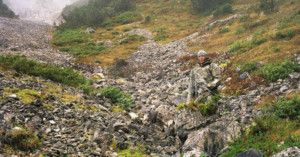
We spend all day staring at pixels, but really, just how good is our vision when it comes to noticing the small details in photographs? Well, I can't speak on behalf of everyone, but using the tricky images below, you can get a good idea for yourself.
German artist Simon Menner created an interesting photo series that features military snipers hiding in various landscapes. The photos show just how well these highly trained individuals can blend into their surroundings, which vary from empty fields to rocky valleys.
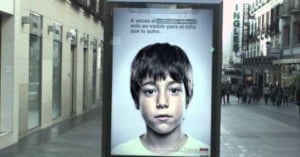
Last week we shared some photos from an awareness campaign by the Mexican organization Save the Children, which showed the "cycle of abuse" through powerful, hard-to-stomach photos of children growing into future abusers. The ads were meant to illustrate the statistic that 70 percent of abused children turn into abusing adults.
Spanish organization the ANAR Foundation (Aid to Children and Adolescents at Risk) recently released a campaign that makes similarly powerful use of photography, only they're taking advantage of the process of lenticular printing to send an offer of help to abused children without alerting their abusers, even if they're walking together.

The Olympus OM-D EM-5 is a powerful little camera, but what owners are using these days many only be a portion of what the camera is fully capable of. 43 Rumors writes that an anonymous hacker is claiming to have hacked the camera using some firmware update trickery. What he or she found was quite interesting: hidden and locked features such as clean HDMI 4:2:2 output and focus peaking!
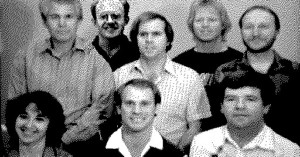
The people over at New York-based hackerspace NYC Resistor recently found an old Apple Macintosh SE on the side of a road in Brooklyn -- a computer that was manufactured between 1987 and 1990. They decided to do a little "digital archaeology", and came across something strange:
While digging through dumps generated from the Apple Mac SE ROM images we noticed that there was a large amount of non-code, non-audio data. Adam Mayer tested different stride widths and found that at 67 bytes (536 pixels across) there appeared to be some sort of image data that clearly was a picture of people. The rest of the image was skewed and distorted, so we knew that it wasn’t stored as an uncompressed bitmap.
After some investigation, we were able to decode the scrambled mess above and turn it into the full image with a hidden message from “Thu, Nov 20, 1986“.
After some further techie magic, they were able to unearth four black and white photographs showing the engineers that worked on building the computer for Apple 25 years ago.
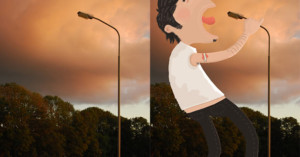
Dutch illustrator Tineke Meirink likes to take a closer look at photographs and then draw whatever her playful imagination reveals to her. Her website stop:watch is a collection of these "what it is" and "what I see" comparisons.
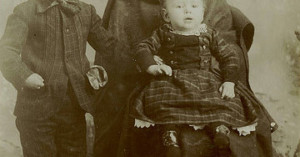
Did you know that in vintage tintype photographs of infants mothers were often present in the photo but hidden by a veil? Subjects needed to remain still due to the longer exposure times required back then, so mothers were often asked to hold their children tightly while the portraits were being exposed. It was common practice back then, but the resulting photos are pretty eerie when you look at them now.

A couple days ago it was discovered that iPhones, iPods, and iPads running iOS 5 have a secret panorama mode that's hidden in the operating system. The feature can be enabled, but featured either a jailbroken device or knowledge in how to edit a particular iOS 5 preference file. Luckily for non-hackers, Redmond Pie has discovered an easy way to do this by taking advantage of iTune's backup feature. This tutorial will teach you how to get the panorama feature unlocked in 5-10 minutes.

Developer Conrad Kramer was poking around in iOS 5 when he stumbled upon …
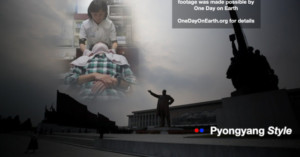
When's the last time you saw some amateur video shot from inside North Korea? There's a good chance the answer is never, given how secretive the country is and how tight the policies are for what outsiders are allowed to do. Photojournalist Steve Gong, however, captured some really high quality video from inside the country using a Canon 5D Mark II.
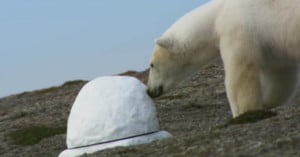
For the BBC documentary “Polar Bear: Spy on the Ice”, special hidden cameras were designed with unobtrusiveness …